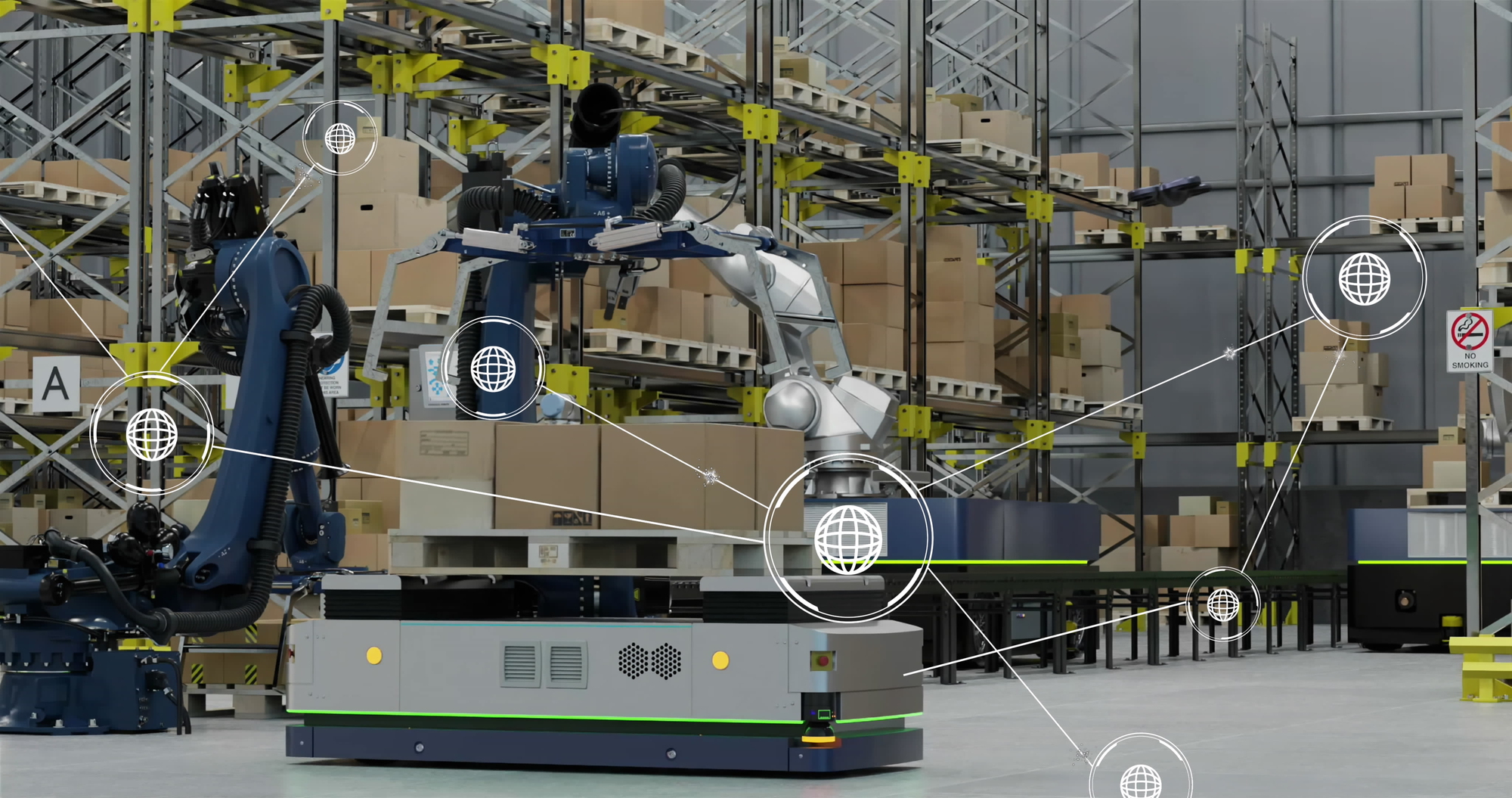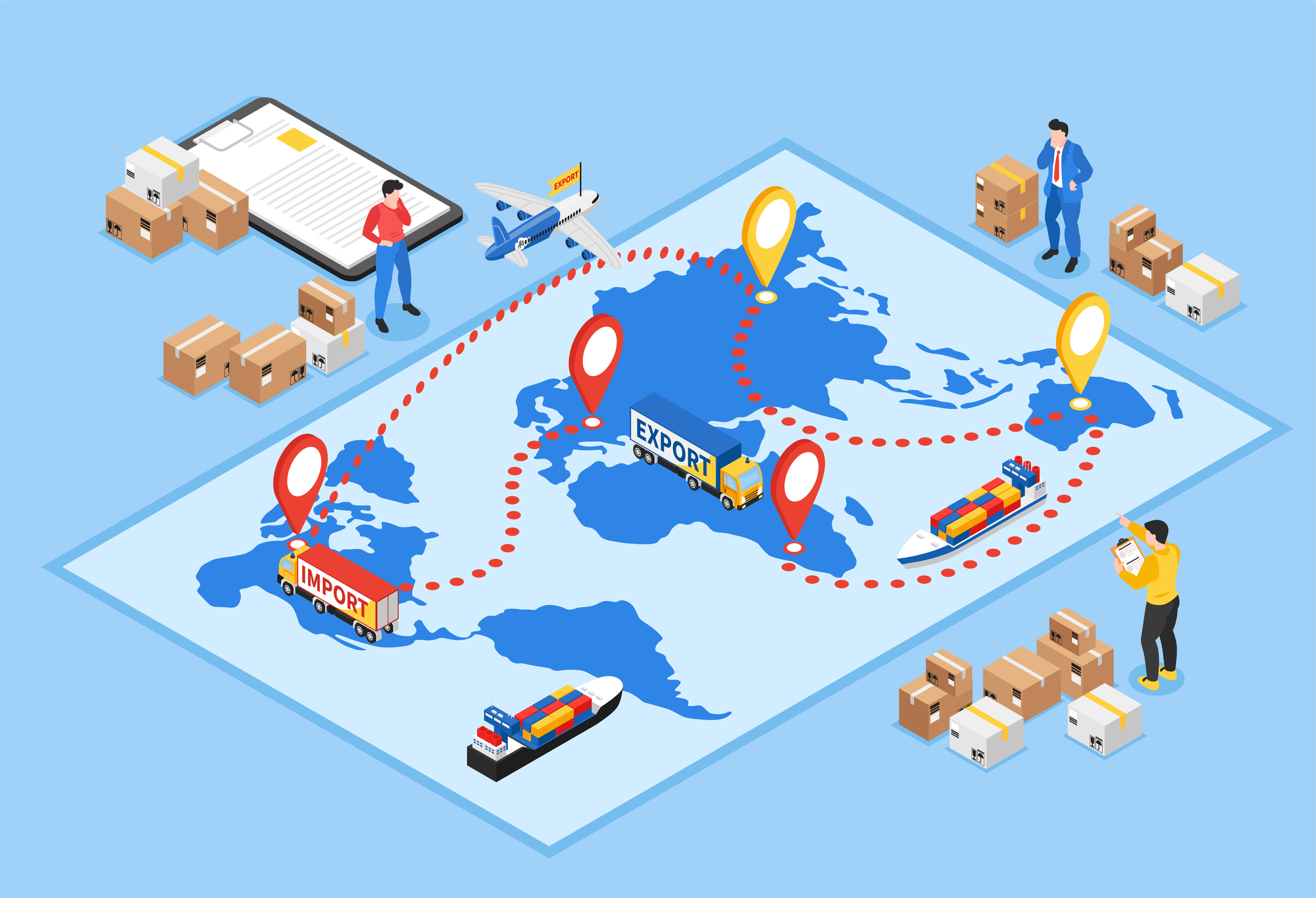As organizations consider their digital supply chain solutions and digital transformation overall, the role of data and analytics takes center stage. SDI’s Director of Digital Transformation Strategy, John Delligatti, recently sat down with Qlik and OESA, the Original Equipment Suppliers Association, to talk about the role data plays in supply chain management, how organizations have been enabled by technology to pivot their business models to produce and procure industrial PPE and disinfectants, and how the supply chain has been impacted by COVID-19.
The conversation included an intimate group of automotive components, auto products, and tire manufacturers as well as power management and power solutions organizations. While there were several discussions on the Industrial Internet of Things and the impact on throughput and production line speeds, the discussion centered on three key themes on how organizations can drive the use of data and digital supply chain solutions in their organizations.
Timeliness of Data
Because the business landscape is changing so rapidly, organizations are finding it difficult to use historical data to provide a view into future supply and demand – whether in their finished goods and products or in supplying the essential PPE needed to keep their plants and employees safe and operational. However, the common thread among the participants was the need for timely, near real-time data to be able to glean insight into their digital supply chain solutions for day to day requisitions. In digital supply chain solutions, it may be simply understanding where you’re spending your dollars and gaining visibility into that end-to-end supply chain to see where supplies are coming from – this is especially important in evaluating country of origin for continuity in supply. At SDI we’re using robotic process automation in supply chain to gather data from various sources, such as the Bureau of Labor statistics, that we can layer over spend data, to derive even more insights from our customers’ digital supply chain solutions.
From a production perspective, it’s using near-real time data to understand the different projects running simultaneously, knowing immediately which are the big winners, and which are drifting off kilter, so that any course correction can happen earlier rather than later.
Democratization of Data
While the ability to access data in real time is certainly invaluable for making quick decisions in an agile, lean supply chain, just as important is giving the right people access to the right data. In the manufacturing industry it’s not uncommon to find siloed areas of expertise, where employees rely on tribal knowledge. Being able to aggregate data, especially transaction history when looking at the MRO supply chain or tail spend, and being able to visualize the supply chain can translate into shorter lead times and quicker turnaround for customers who rely on just-in-time inventories. Breaking down internal siloes in this way can help organizations streamline and optimize their digital supply chain solutions more broadly across functions. It’s about bringing data together to change perspectives. If there’s a lesson to be learned from COVID-19, it is in the shifting paradigms in thinking about the supply base, having secondary and tertiary suppliers and using data to help shift sites into mini forward stocking locations when necessary.
Cultural Acceptance and Data Literacy
Digital supply chain solutions organizations like SDI make data democratization a priority among their buyers so they can make more informed decisions in procuring MRO and essential PPE for their customers. But many organizations hit roadblocks in driving adoption among their users. Removing any confusion from the start will reduce those hurdles. Deploying an easy-to-use interface and performing User Acceptance Testing (UAT) goes a long way to understanding how your organization will interact with data. The UAT period also drives buy-in and adoption by giving users a chance to interact with the data in a sandbox environment, before switching over full time.
It’s certainly a cultural change and positioning data and robotic process automation in supply chain as enabling more informed decisions and allowing people to focus on the value-added tasks that truly require their internal expertise. One participant added a unique perspective. Do you as a driver follow directions from Waze, the traffic and navigation app that utilizes community data inputs, blindly or do you make your driving decision based on the human component as well, bringing your internal expertise? As a culture of individuals this analogy is powerful in explaining how data is not a threat, but a powerful enabler of more informed decision-making.
The COVID-19 pandemic and the impact on the global supply chain has accelerated the adoption of digital technologies and digital supply chain solutions. SDI continues to lead with data, to guide our customers on their digital transformation journey to improve performance and productivity. To learn more about SDI’s supply chain technology built expressly for the MRO and essential PPE supply chain, click here. Contact us today to talk about our technology-enabled supply chain solutions.





